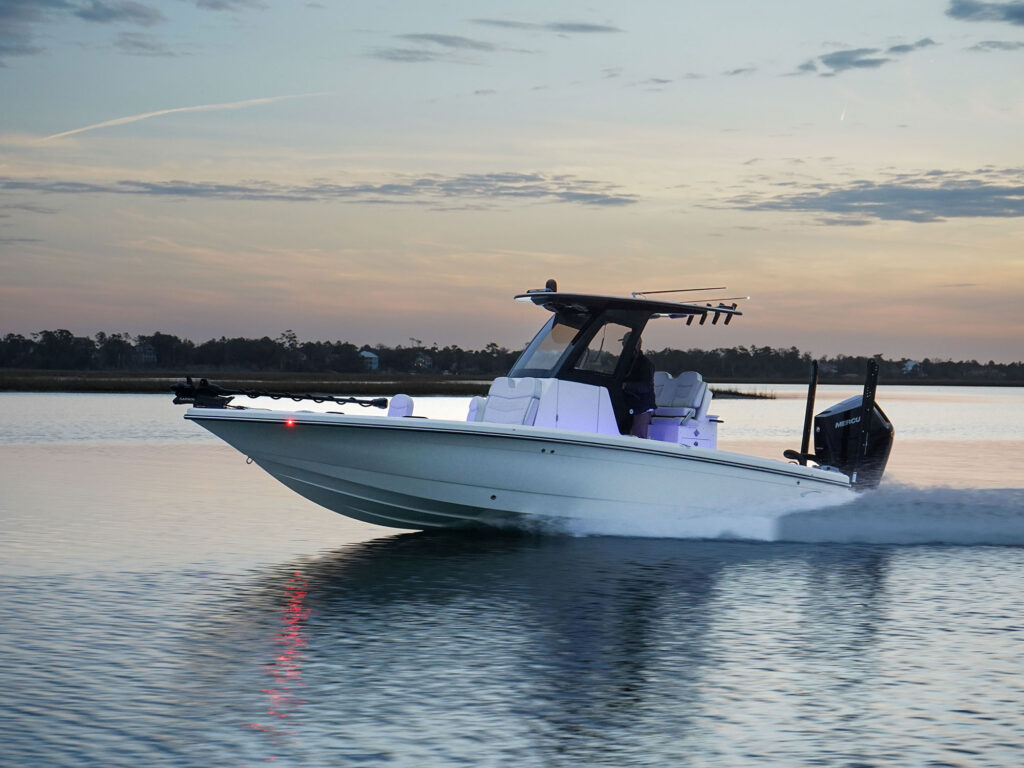
Boat Test Redux: 2025 Scout 261 XSS
One of two tests of the same Scout boat by different Boating Tech Team members.

One of two tests of the same Scout boat by different Boating Tech Team members.

Gordon Harrison is a firefighter and pro wakeboarder, well-versed in many watersports, and a top-notch driver for photoshoots.
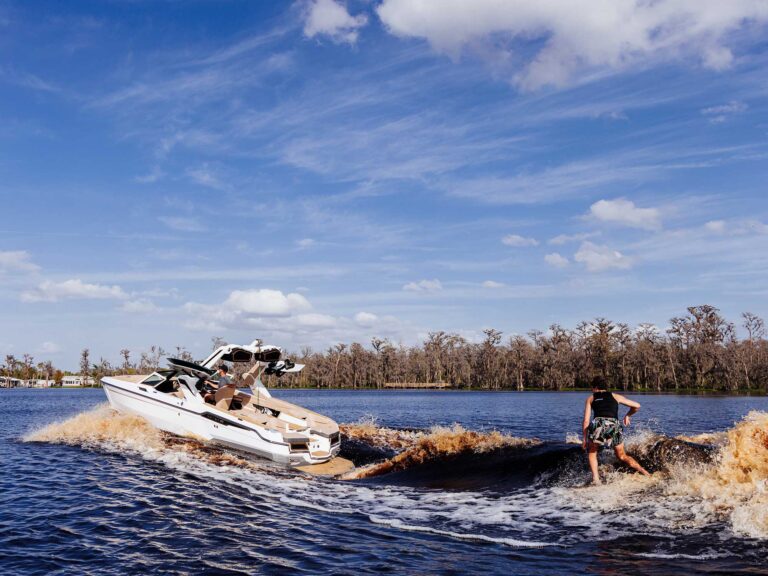
If you’re in the market for the ultimate in luxury, styling, performance and fun, put the XStar high on your list.
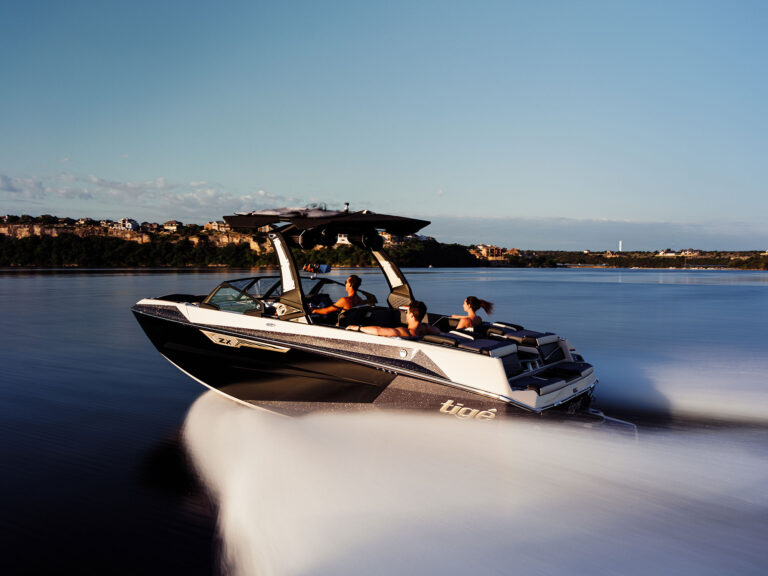
The Tigé Ultré 23ZX is a premium tow boat that combines luxury and tech to deliver a sweet ride and epic waves.

Combine the Supra SA’s performance, technology and features with a long standards list, and you get an all-around performer.
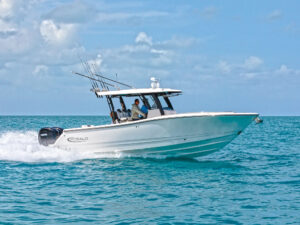
The Robalo R300 is impressively equipped with standard features for beachcombing, touring and serious fishing.
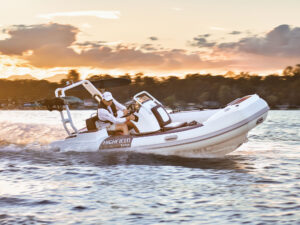
The Highfield Velox 420 fills the compact runabout niche with a stable ride, easy maintenance and family-boating capabilities.
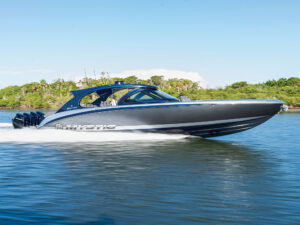
The Mystic M5200XL can satisfy your need for speed while also keeping your crew safe, comfortable and entertained.
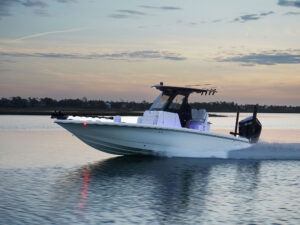
One of two tests of the same Scout boat by different Boating Tech Team members.

If you’re in the market for the ultimate in luxury, styling, performance and fun, put the XStar high on your list.
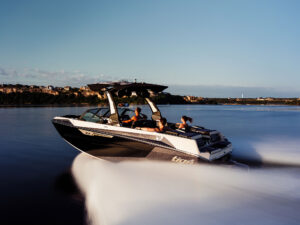
The Tigé Ultré 23ZX is a premium tow boat that combines luxury and tech to deliver a sweet ride and epic waves.

Combine the Supra SA’s performance, technology and features with a long standards list, and you get an all-around performer.

The Robalo R300 is impressively equipped with standard features for beachcombing, touring and serious fishing.

The Highfield Velox 420 fills the compact runabout niche with a stable ride, easy maintenance and family-boating capabilities.

The Mystic M5200XL can satisfy your need for speed while also keeping your crew safe, comfortable and entertained.
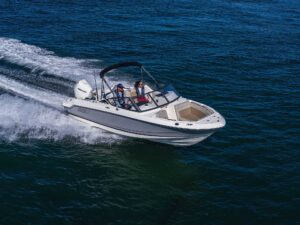
The Boston Whaler 210 Vantage couples a solid ride with a number of amazing fishing and family boating amenities.
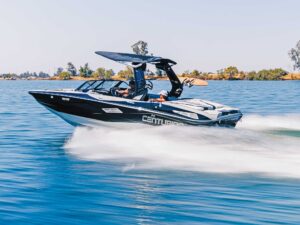
The Centurion Nv233 creates solid wakesurfing waves with a clean, consistent face, large pocket, and plenty of push.
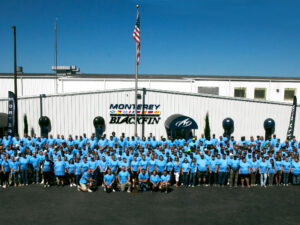
Boating Boat of the Year integral to the ceremony held at Monterey’s Williston, Florida headquarters.
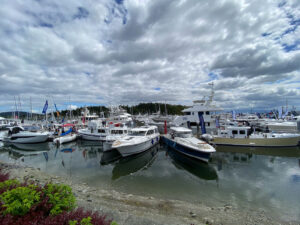
Cruising boaters to see the latest trawler models and attend informative seminars.
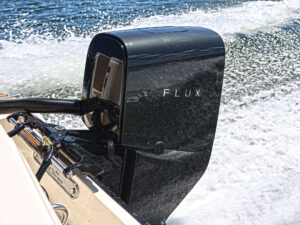
Flux Marine’s electric outboard offers the latest technology and innovation in a package that’s quite familiar.
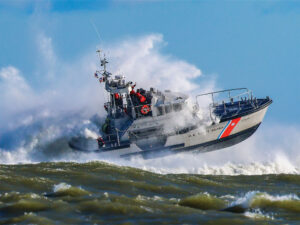
The Coast Guard’s 47-foot Motor Lifeboat is an incredible rescue platform. A program with Birdon is revitalizing it.

Gordon Harrison is a firefighter and pro wakeboarder, well-versed in many watersports, and a top-notch driver for photoshoots.
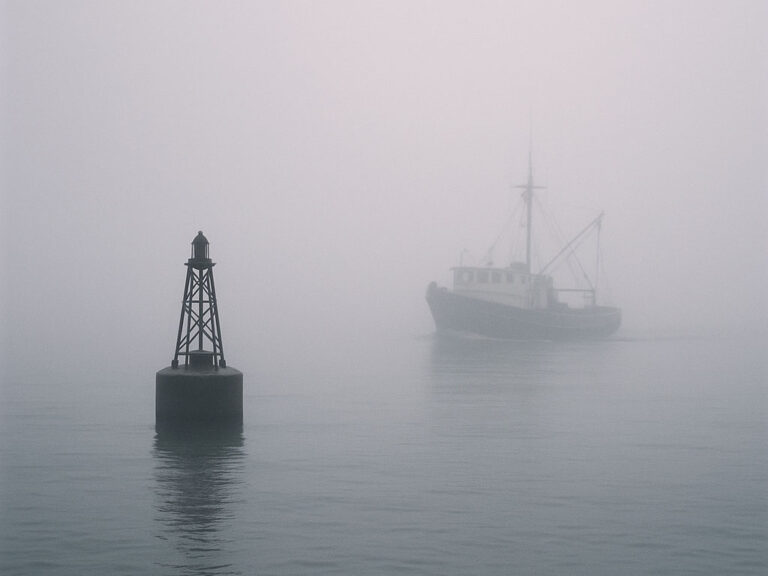
Are physical navigation aids a thing of the past?
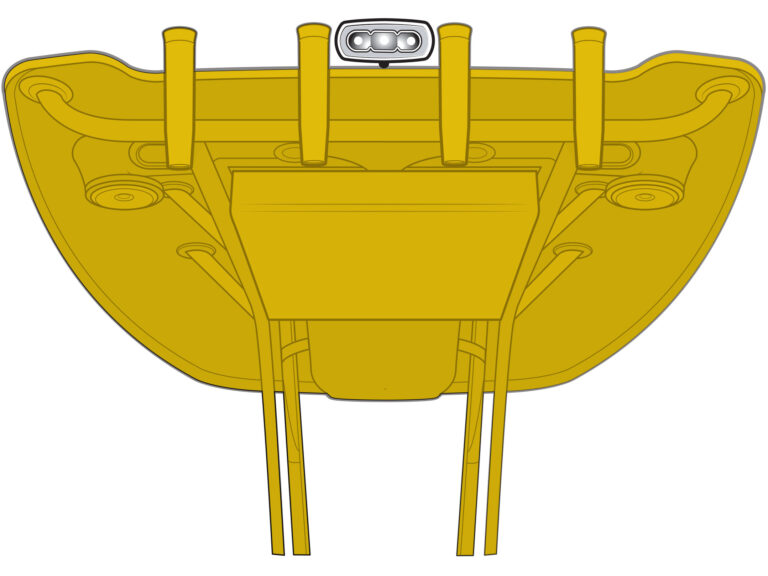
LED spreaders illuminate the deck for greater safety at night, while also conserving onboard battery power.
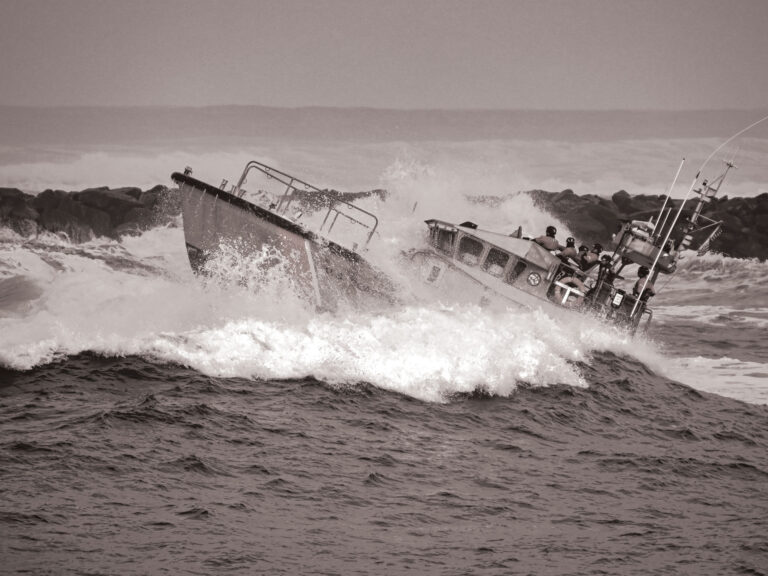
These 18 waterways require special US Coast Guard equipment and personnel due to the perilous conditions throughout the year.
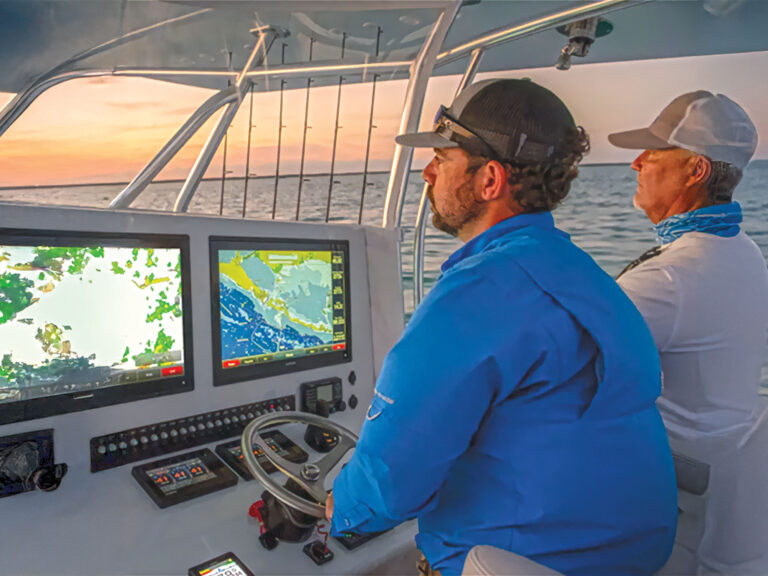
Having a co-captain can help ensure the safety of you, your crew and your vessel while out on the water on boating.

Watercraft inspectors like Tracy Nowacki help track invasive species in an effort to keep waterways free of them.
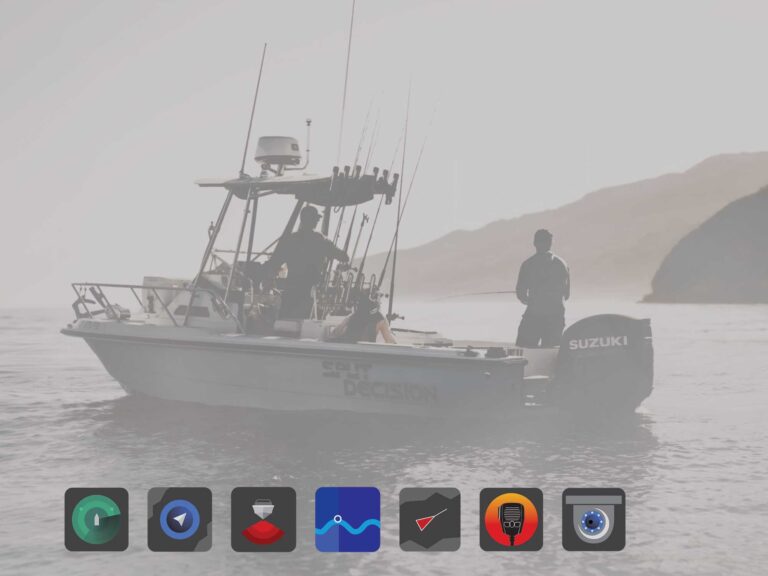
The correct array of marine electronics, and knowing how to use them, can keep you safe, no matter the conditions.

Boaters are encouraged to make an annual inventory of their safety equipment and schedule an inspection of each item.
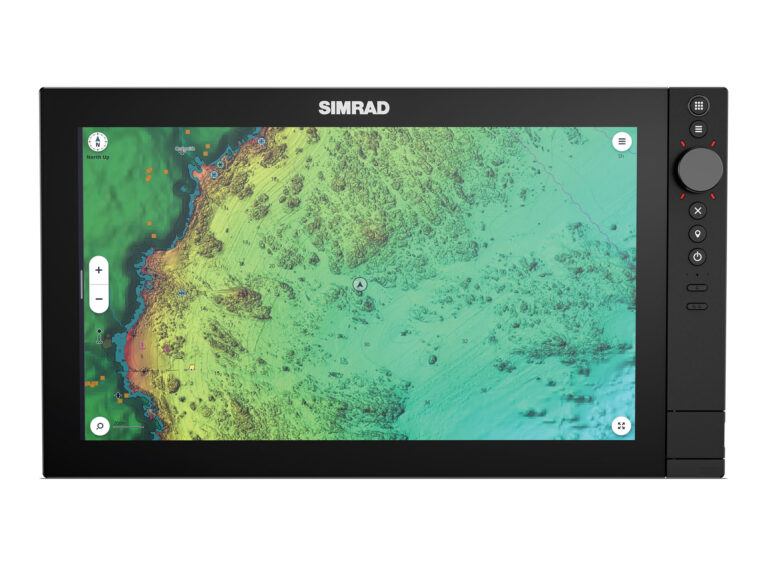
Simrad NSS 4 multi-function displays offer lightning-fast processing speeds, enhanced control capabilities and ease of use.
Emergency locator beacons can help you get rescued in the event of an emergency. Here are four suited for boaters.
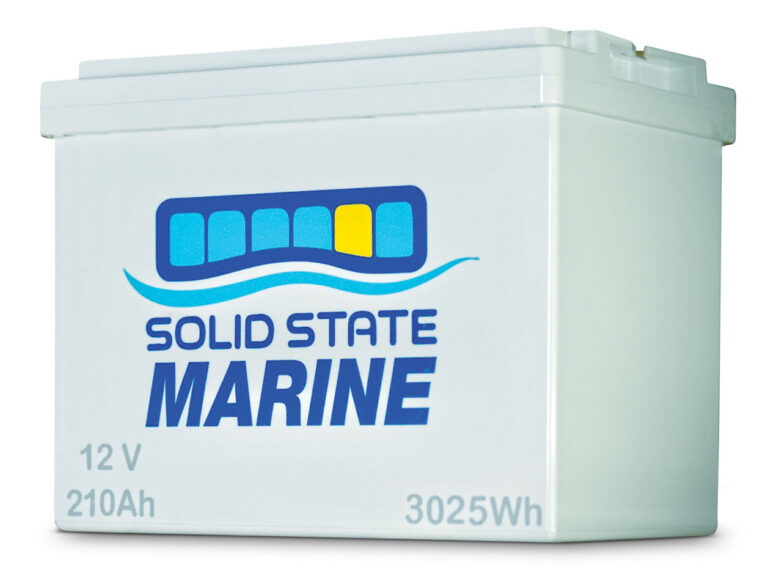
Solid-state batteries offer a number of benefits for boaters, including lighter weight and increased capacity.
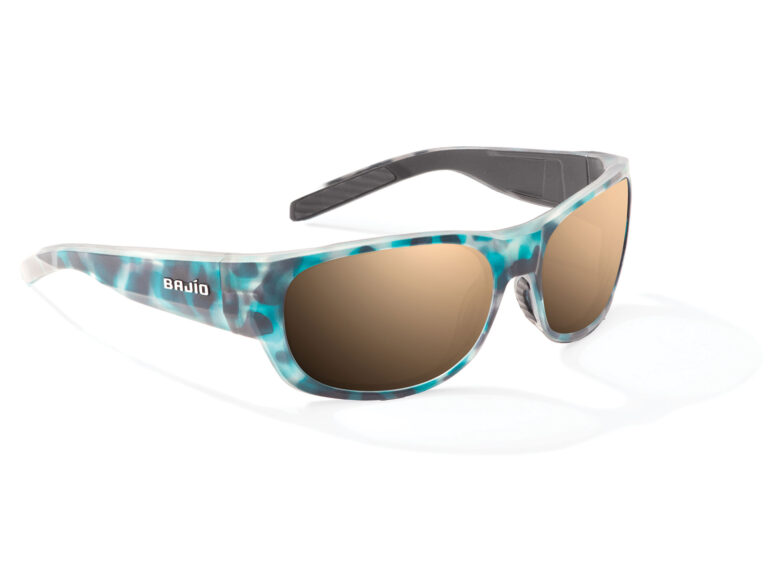
Different lens colors provide different benefits depending on how you boat. Find out which sunglasses are right for you.
Many products featured on this site were editorially chosen. Boating may receive financial compensation for products purchased through this site.
Copyright © 2025 Boating Firecrown. All rights reserved. Reproduction in whole or in part without permission is prohibited.